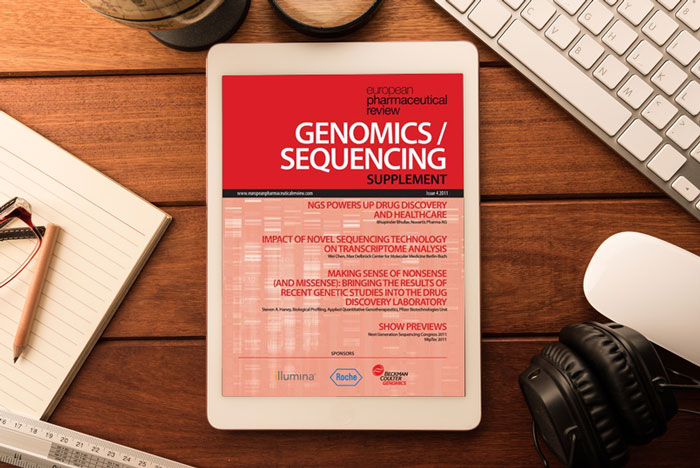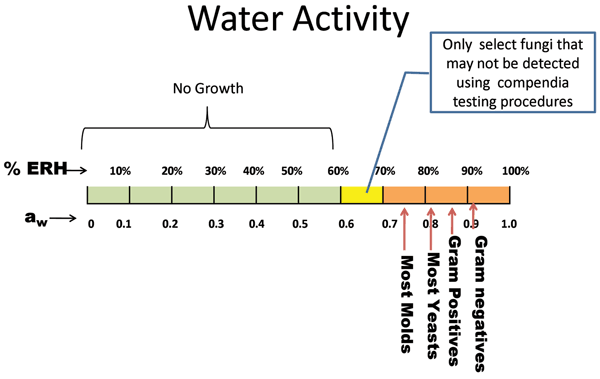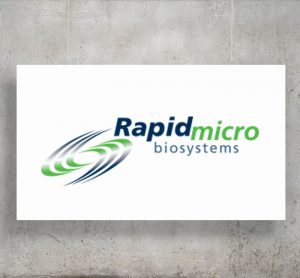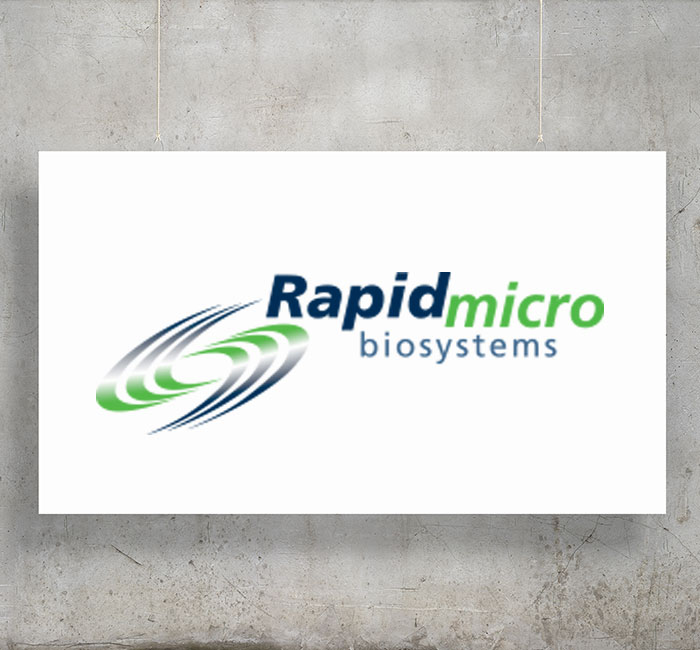Under the Microscope: Steve Turner
19 October 2011 | By Steve Turner, CEO, Protea Biosciences
Helen Difford, Editor, speaks exclusively to Steve Turner, CEO, Protea Biosciences Based in Morgantown, West Virginia, US company Protea has spent the past 10 years developing new technologies to identify, characterise and quantify biomolecules - the products of living cells. With over 100 products, the company provides labs across the…

























